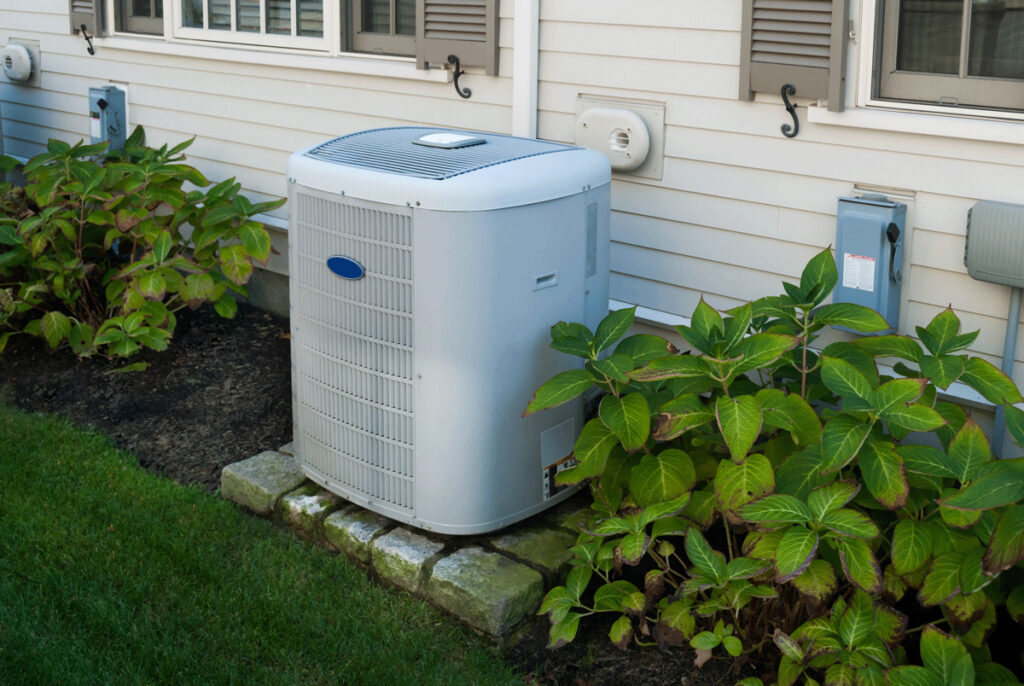Thanks to the marvel of modern technology, we can retreat into the coolness of A/C. But, who do we really have to thank?
An invention we often take for granted, air conditioners are among the most revolutionary creations of the 20th century. They have transformed our lifestyles, our work, and even where we can live.
Dating back to the 19th century, inventors toyed with fans and ice to build a device that could cool air. However, the story of how air conditioning was invented is actually a lot more interesting and surprising! In 1902, a publishing company in New York faced challenges with hot, humid summer air that caused its magazine pages to wrinkle and blur its ink. This disrupted their printing machines, and the company hired young engineer Willis Carrier to devise a solution.
Carrier’s ingenious response was the “Apparatus for Treating Air,” aimed at purifying the air within a building and controlling its humidity. The apparatus used a fan to move air through several chambers. In one, the air was sprayed with water before passing through plates that filtered out dust. It then flowed over a set of coiled pipes containing a chemical that could either heat or cool the air, modifying its humidity level. By cooling the air, the apparatus triggered the water vapor to condense into a liquid, reducing the air’s humidity.
Over the next decades, engineers tweaked this technology, leading to the creation of the first compact, modern air conditioner. The working principle of modern air conditioners isn’t much different from Carrier’s initial design. These cooling machines function on the basic thermodynamic principle that heat energy flows from warmer areas to cooler ones.
Air conditioners today use a fluid that alternates between a liquid and a gas state to transfer heat from the room’s interior to the outside. Fans blow warm room air over a coil filled with this liquid. As the heat from the warm air transfers into the fluid, it cools down, and the cool air is blown back into the room. At the same time, warm water vapor condenses on these cool coils and collects in a drain pan, reducing the room’s humidity. The heat absorbed by the liquid eventually causes it to evaporate into a gas. This gas is then compressed back into a liquid, releasing the heat energy, which is transferred outside.
While we continue to appreciate the comfort that A/Cs provide, the hunt for greener and more energy-efficient technologies is underway. Innovations such as heat pumps and water-based air conditioners, and those that use magnetic fields instead of fluid-filled coils, are emerging. So, even as we celebrate A/Cs, the “coolest idea ever,” we anticipate a future that’s even cooler, and Sun will be at the forefront of it.
Contact us today to schedule service, or give us a call: (248) 986-1506


